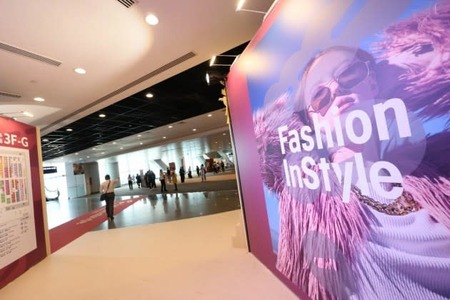Textile, apparel exports of South Asia moving up
YarnsandFibers News Bureau 2016-05-08 11:00:00 – LahoreWith textile and apparel exports from the East Asian giant China and start-ups Cambodia and Vietnam declining at least in the United States, but the opportunity is moving up in South Asia. In India it has increased by 15.3 percent in March compared with exports of same items in February 2015. Bangladesh recorded an export increase of 7.8 percent during the same period while Pakistan’s exports in textiles and apparel increased by 8.8 percent.
India, Bangladesh, Pakistan and Sri Lanka are the leading exporters of textile in Southern Asia. Major portion of textile and apparel exports go to the U.S and EU from the South Asian countries.
According to the US Department of Commerce’s Office of Textiles and Apparel reports the textile and apparel exports started declining in the recent months, China, Vietnam and Cambodia took the largest hit with a decline of 43.3 percent, 22.4 percent and 22 percent respectively in the month of March compared with February 2016.
The decline in their textile exports in March ’16 when compared with March ’15 was 42.1 percent for China, 22.6 percent for Vietnam and 34.4 percent for Cambodia.
However, when compared with March 15 the increase in exports from these countries was much lower. The increase in exports from India was only 1.4 percent, Bangladesh and Pakistan recorded negative exports of 0.1 percent and 2.9 percent respectively.
India, Pakistan and Bangladesh are now among the top five exporters of textiles and clothing to the United States and the European Union.
The export performance of the three South Asian countries was however much better than that of Far eastern economies. In fact there has been an overall decline in apparel and textile exports to the United States. Most of the decline was borne by the Far East Asian economies. While exports from the South Asian economies remained almost stable. This shows that South Asian textiles were more resilient than the Far Eastern textiles.
It is worth noting that the textile industry in Pakistan remained under immense pressure due to low availability of energy and its high cost. Things started changing when RLNG was made available to the industries for power generation form January this year.
The cost of RLNG is lower than even the tariff of locally produced natural gas. The cost of energy has come down sharply for the industry. At the same time the power tariff has also been cut by almost 30 percent that provided relief to the industries that do not have gas run generators. Industry is getting state supplied power 24/7.
The benefit of this facilitation has not been registered in exports as the foreign buyers had already placed their orders for the first quarter of 2016. Pakistani exporters quoted rates on the basis of high power cost. They are likely to be more competitive in the second quarter of 2016 and an overall increase in textile exports are expected from April onwards.
The decline of apparel exports from China was expected as its labour costs have gone very high. However, the decline in apparel exports of Vietnam and Cambodia shows that the region as a whole is becoming uncompetitive.
In fact, when the going was tough for the Pakistani textile sector China tried to acquire some running industries at a low price in the two neighbouring countries to keep its global hold on textile intact but this plan seems to be failing.
Market Intelligence
Ask for free sample Report

experience
Customer Base
dedicated team
Countries Served Worldwide









